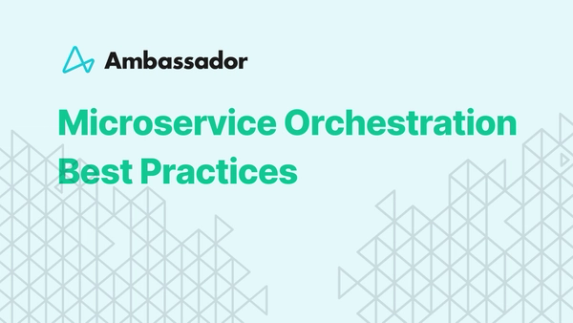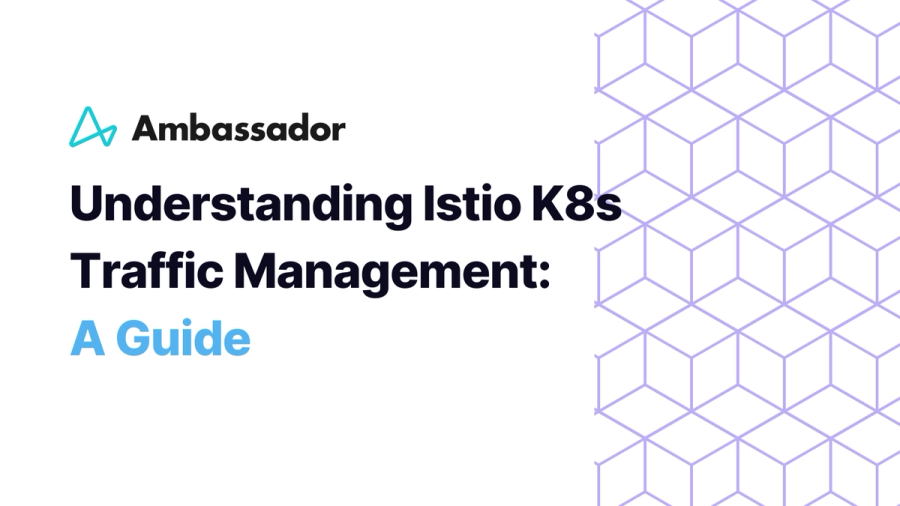
Kubernetes
As more organizations migrate from monolithic to microservice architecture, it comes with its perks and challenges. One of these challenges is how to manage traffic efficiently. The issue arises because microservices are distributed across multiple containers and nodes, making it difficult to manage traffic flow between them. This is why service mesh technologies exist.
Istio is a service mesh that provides a unified way to secure communication between microservices. It is a platform-agnostic solution that can be integrated with Kubernetes to handle traffic. In this comprehensive guide, we explore how Istio Kubernetes integration revolutionizes traffic management within microservices. By the end of this article, you'll understand the Istio framework and why it's a must-have for your microservices architecture.
The Role of Istio Kubernetes in Microservices Deployment
April 18, 2024 | 14 min read
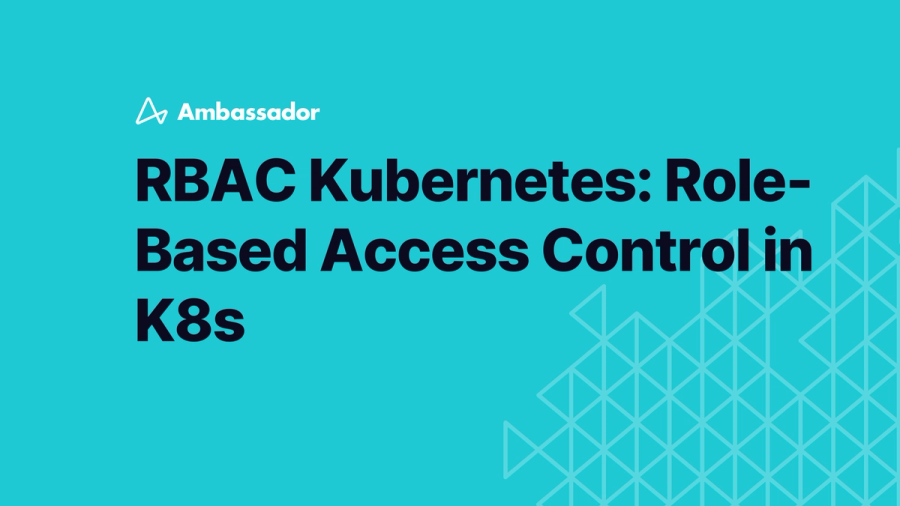
Kubernetes
Authentication, who you are, is necessary for security in all software applications, but it isn’t sufficient. Once you have authenticated your users, the next step is to control their access within your application. Authorization, what you can do, allows you to control resource access and enforce permissions based on predefined roles and policies. Authorization is where Role-Based Access Control (RBAC) comes into play.
RBAC regulates resource access based on the roles assigned to individual users within an organization. In Kubernetes, RBAC allows you to define fine-grained permissions for users and service accounts, specifying which resources they can access and what actions they can perform on those resources.
Kubernetes provides a robust API that allows administrators to define and manage RBAC roles, bindings, and policies programmatically. By leveraging the Kubernetes API, organizations can automate the process of creating, updating, and enforcing fine-grained RBAC permissions for users and service accounts to maintain a secure and efficient Kubernetes environment, reducing the risk of unauthorized access and minimizing the potential impact of security breaches.
April 16, 2024 | 20 min read

Article
In this tutorial, we'll delve into the intricacies of Kubernetes Development and guide you through each step of launching your first application! Whether you're a seasoned developer or a newbie, Kubernetes is a potential tool for managing workload and container services.
What is Kubernetes?
Kubernetes is an orchestration platform that automates the deployment, scaling, and management of containerized applications. It helps developers to concentrate on innovating and creating valuable products.
April 12, 2024 | 12 min read
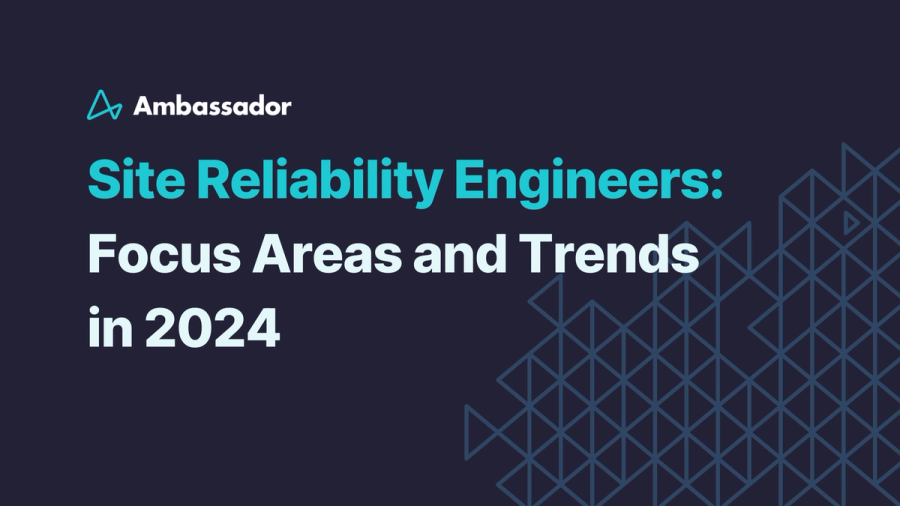
Cloud Native
Explore 2024 SRE trends: automation, observability, and security. Discover how cloud-native tech impacts SRE roles and enhances system reliability.
April 12, 2024 | 13 min read
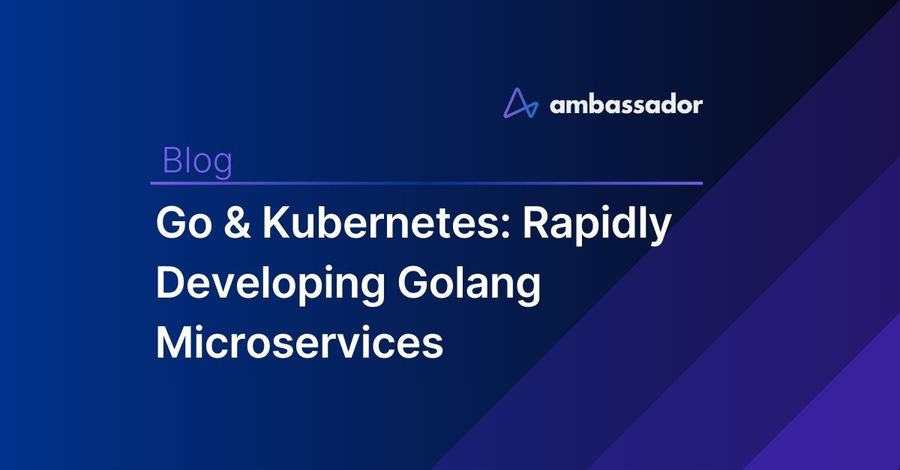
Kubernetes, Microservices
Build a cloud development environment with Telepresence & Golang
Kubernetes is a container orchestration platform that enables its users to deploy and scale their microservice applications at any scale, from one service to thousands of services. However, unleashing the power of Kubernetes is often more complicated than it may initially seem; the learning curve for application developers is particularly steep. Knowing what to do is just half the battle; then, you have to choose the best tools for the job. So, how do Go developers create a development workflow on Kubernetes that is fast and effective?
April 9, 2024 | 7 min read
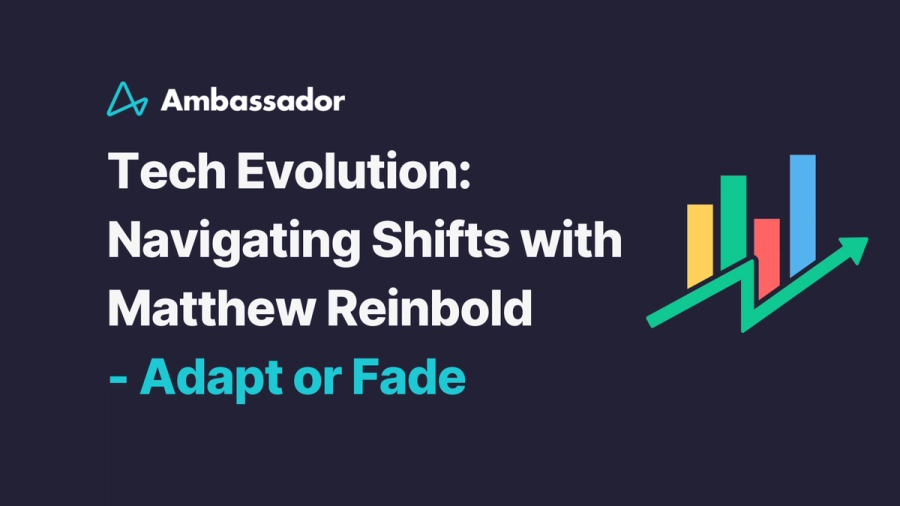
API Management
Explore how the tech landscape shifts with Matthew Reinbold on Livin' On the Edge podcast. Gain insights on evolving with economic changes & API strategies for success.
April 4, 2024 | 7 min read


